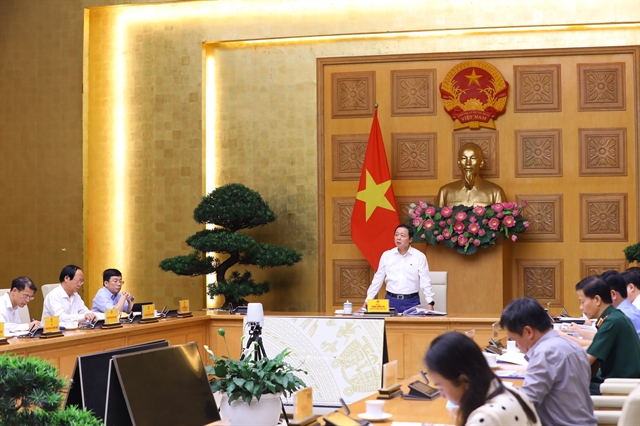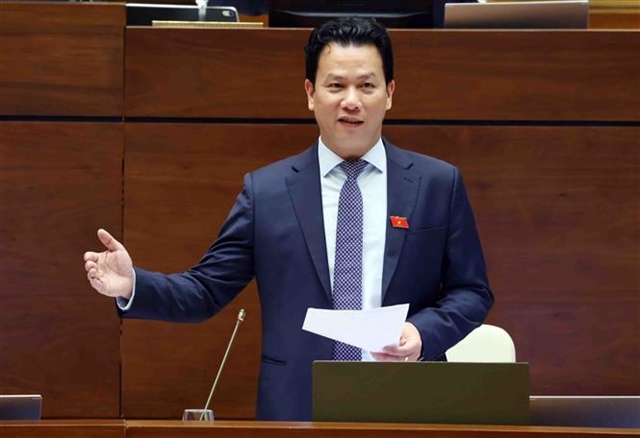 Politics & Law
Politics & Law

 |
| Minister of Natural Resources and Environment Đặng Quốc Khánh. — VNA/VNS Photo |
HÀ NỘI — Minister of Natural Resources and Environment Đặng Quốc Khánh said Việt Nam possesses significant rare earth reserves, approximately 30 million tonnes, but the exploitation and processing of these resources have not been thoroughly researched.
During a questioning session with the environment chief on Tuesday morning, National Assembly deputy Trần Quang Minh from Quảng Bình Province's delegation has requested for information on the recent exploitation, management and use of strategic and important minerals, especially rare earths.
Minister Khánh noted that Việt Nam has substantial reserves of strategic minerals. For instance, bauxite reserves amount to about 5.8 billion tonnes, and titanium reserves are around 600 million tonnes.
Regarding the rare earths mentioned by deputy Minh, Minister Đặng Quốc Khánh stated that the Ministry has currently assessed the reserves of rare earths to be 2.7 million tonnes. Additionally, the Ministry estimates that there are about 18 million tonnes of unassessed rare earth resources, making a total of approximately 20.7 million tonnes.
"The Prime Minister has tasked the Ministry with conducting a comprehensive assessment of these reserves. According to our data, we could have approximately 30 million tonnes of rare earths," Khánh said.
He also said that the exploitation and processing of critical minerals such as rare earths needed to consider in-depth processing within Việt Nam to support the country's industries.
"We are attracting semiconductor chip industries. The Prime Minister has directed this effort. If we deeply process rare earths, it could serve our needs and then we could consider exports," Khánh said.
However, Khánh noted that achieving this required meeting several conditions.
He added: "We have not previously conducted comprehensive research on processing, so we lack advanced processing technology. Therefore, we need to attract investment, form joint ventures, and transfer technology."
The Minister further mentioned that the Prime Minister had directed relevant ministries to assess the reserves. In the ongoing research and processing efforts, technology transfer was essential to deeply process these resources for the nation’s benefit. The minister also urged provinces with rare earth potential, such as Lai Châu, Yên Bái, and Lào Cai, to enhance management efforts.
"Rare earth deposits can be found deep underground, with some smaller surface deposits. Local authorities must manage to prevent illegal mining and trading of rare earths," Khánh said.
Rare earths include 17 elements, most of which play an irreplaceable role in producing high-tech equipment, batteries, permanent magnets for electric vehicles, wind turbines, aeroplanes, phones and the defence industry.
According to a 2022 report by the US Geological Survey, China has the largest rare earth reserves with 44 million tonnes, followed by Việt Nam with 22 million tonnes, and Brazil with 21 million tonnes.
In Việt Nam, certain regions identified with significant rare earth reserves include Lào Cai, Lai Châu, and Yên Bái provinces. Lai Châu hosts the largest rare earth mine in Việt Nam, Đông Pao, covering 132 hectares, along with Bắc Nậm Xe and Nam Nậm Xe mines. — VNS




